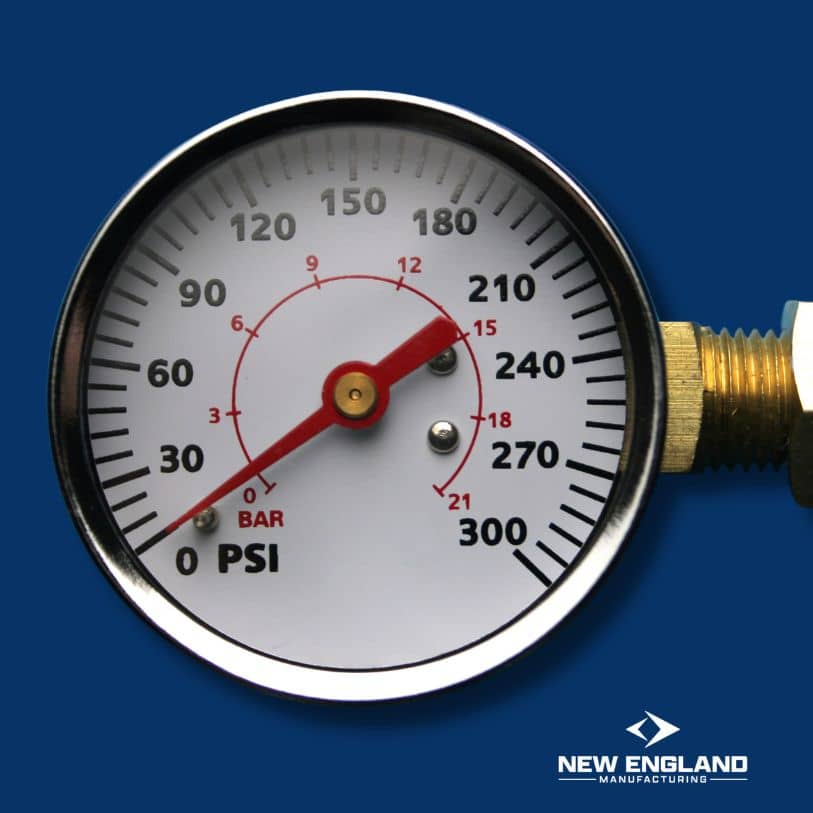The Ultimate Guide to Fire Pump Testing
Fire safety is crucial for any building, and fire pump testing plays a vital role in this. This guide will explain everything you need to know. Read on to learn how to keep your systems in top shape. Fire pump testing ensures safety and reliability. Let’s dive in.
The Importance of Fire Pump Testing
Fire pump testing is vital. It ensures your fire protection system works when needed. Regular testing identifies potential issues early, helping prevent failures during emergencies. Proper testing can save lives and property.
Legal Requirements and Standards
Fire pump testing is not optional. Laws and regulations mandate it. NFPA 25 is the standard for inspection, testing, and maintenance. Following these guidelines ensures compliance. It also promotes safety.
Types of Fire Pumps
There are different types of fire pumps. Each has its testing requirements. Common types include:
- Centrifugal Fire Pumps: These are the most common. They use an impeller to move water.
- Positive Displacement Pumps: These are less common. They move water using pistons or diaphragms.
Knowing your pump type is essential. It helps in performing the correct tests.
Steps in Fire Pump Testing
Fire pump testing involves several steps. Each step is crucial for accurate results. Let’s go through them.
Visual Inspection
Start with a visual inspection. Check for any apparent issues. Look for leaks, corrosion, or damage. Ensure all components are in place.
Testing Flow and Pressure
Next, test the pump’s flow and pressure using a flow meter. The flow meter measures water output. Compare the readings to the pump’s specifications to ensure the pump delivers adequate pressure and flow.
Churn Test
The churn test is also essential. Run the pump without any discharge and measure the pressure. This helps identify any issues with the pump’s internal components.
Alarm and Signal Test
Fire pumps often connect to alarm systems. Test these connections. Ensure the alarms activate when the pump starts. This provides early warning during an emergency.
Electrical System Check
Fire pumps rely on electrical systems. Check all electrical connections, ensure the power supply is stable, and test any backup power systems.
Frequency of Fire Pump Testing
How often should you test your fire pump? Frequency depends on several factors. These include:
- Type of Building: High-risk buildings need more frequent testing.
- Local Regulations: Follow local laws and codes.
- Manufacturer’s Recommendations: Always consider the manufacturer’s guidelines.
Generally, a monthly test is recommended. Annual full-flow testing is also necessary.
Common Issues Found During Testing
Testing can reveal several common issues. Address these promptly to ensure safety.
Inadequate Pressure
Sometimes, the pump needs to deliver adequate pressure. This can be due to blockages, wear, or damage. Regular maintenance helps prevent this.
Electrical Failures
Electrical issues are also common. These can include faulty wiring or power supply problems. Regular checks of the electrical system are crucial.
Mechanical Wear and Tear
Pumps experience mechanical wear over time, and bearings, seals, and impellers can degrade. Regular testing identifies these issues early.
Maintaining Your Fire Pump
Maintenance is vital to reliable fire pump operation. Follow these tips to keep your pump in top condition.
Regular Cleaning
Keep the pump and its surroundings clean. Remove any debris or obstructions. This helps prevent damage and ensures efficient operation.
Lubrication
Lubricate moving parts regularly. This reduces wear and extends the pump’s life. Follow the manufacturer’s guidelines for lubrication.
Component Replacement
Replace worn or damaged components promptly. This includes seals, bearings, and impellers. Regular inspection helps identify these parts early.
The Role of Professionals in Fire Pump Testing
Professional help is often necessary for fire pump testing. Experts have the tools and knowledge to ensure thorough testing and accurate results.
Hiring a Professional Service
When hiring a professional, look for certified experts. Check their credentials and experience. Professional services ensure compliance with standards and provide detailed reports on the pump’s condition.
Benefits of Professional Testing
Professional testing offers several benefits. These include:
- Accurate Results: Professionals use precise instruments.
- Compliance: Ensures your system meets legal requirements.
- Peace of Mind: Knowing your system is reliable.
Conclusion
Fire pump testing is essential for safety, and regular testing ensures that your system works during emergencies. Follow the steps and guidelines provided here to help maintain a reliable fire protection system.
Engage with our services for expert fire pump testing. At New England Manufacturing, we specialize in fire safety solutions. Our experienced team ensures your system is always ready. Comment below with your thoughts. Share this post with others who might benefit from it. Explore our related services for comprehensive fire safety solutions.
Ignite safety with regular fire pump testing. Your protection is our priority. Contact us today for more information.
Read More:
Fire Hydrant Testing

Mark R.
With a strong foundation in industrial safety and fire protection systems, Mark R. specializes in creating clear, technical, and compliance-driven content. Writing for SafeTech Reports, he covers topics such as fire hydrant testing, PPE protocols, emergency procedures, and smart technology integration in safety systems. His work ensures that professionals stay informed on the latest regulations, best practices, and emerging trends in safety and infrastructure maintenance.
Get in touch
We usually respond within 24 hours
Need Reliable Water Flow Test Equipment?
For over 70 years, New England Manufacturing has been the trusted source for fire hydrant and water flow testing kits. From pitot gauge kits to custom test kits, we provide precision, durability, and expert calibration to meet your needs.
- Custom-built test kits
- High-quality pressure gauges
- Reliable calibration services


